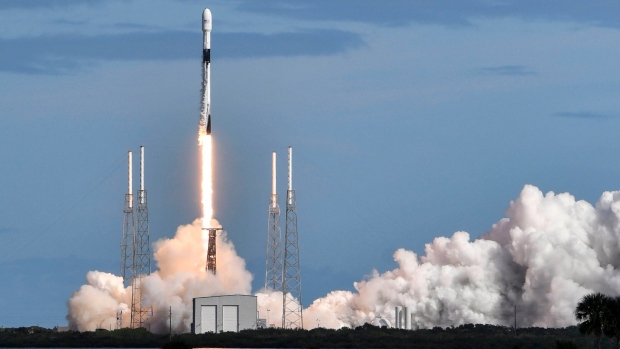SpaceX successfully launched its second batch of 60 Starlink satellites, featuring a variety of upgrades as part of the move from v0.9 to v1.0 spacecraft.
SpaceX’s Falcon rocketship launched at 9:56 a.m. EST, lifting off from the Space Launch Complex 40 at Cape Canaveral Air Force Station in Florida. It puts SpaceX closer to its plan to provide global internet coverage.
It’s also the fourth flight for the Falcon and marks the first time the Falcon has flown several times. The Falcon was used in July and October of last year to launch satellites into orbit, and again in February.
Lauren Lyons, SpaceX Starlink told Space.com the boosters are designed to be used ten times. The Falcon touched down on SpaceX’s drone ship landing platform, coming in as the 45th booster recovery for the space company.
SpaceX has a vision of blanketing the world with Internet coverage from satellites operating in space. Unlike the current satellite internet providers, SpaceX’s satellites operate at a lower altitude which it hopes will enable it to provide reliable Internet coverage to the world at a cheap price.
Other companies, including Amazon’s Kuiper Systems and OneWeb, also plan on getting into the satellite internet game in the coming decade. SpaceX plans to increase the launch tempo going into 2020, with one Starlink launch a month. OneWeb is the next competitor to enter into the game, due to deploy 32 satellites from a Soyuz rocket launching out of the Baikonur Cosmodrome on December 19th.















